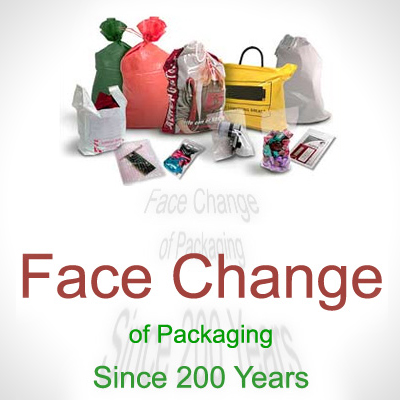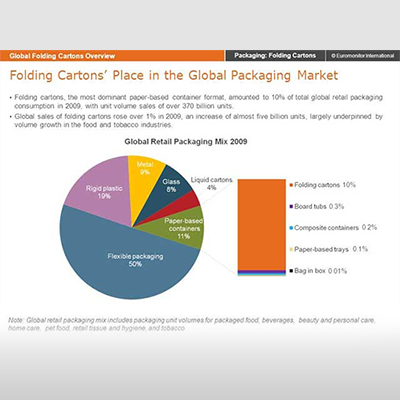The Significance of 6 Different Labels in Packaging Industry
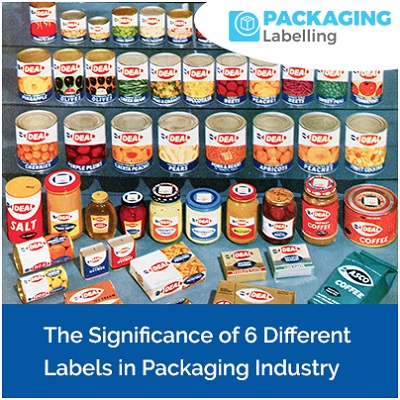
Packaging is the biggest part of the appeal for many types of products in various industries. The vivacious colors and sharp graphics printed on a variety of several materials help to provide character and an identity to specific types of products. The companies pay a lot of heed to the packaging type that's wrapped around their products. Several times, the labels are the first point of contact for the client, and that will be one thing that sticks in the customer's mind after the fact.
Labelling is an element of branding and allows product identification. It's a printed information that's attached to the product for recognition, captures the attention of the shoppers and gives detailed information about the product. The customers can easily decide at the point of purchase seeing the label of the product. The labels are attached to the product package to give certain information like - manufacturer of the product, date of manufacture, expiry date, ingredients, how to use the product, and its handling. Few labels include symbols to display product certifications, trademarks, or proof of purchase. These symbols show features of consumer use and safety. Using captivating words may cause strolling customers to stop and assess the product. The label is possibly the first thing new customers would see and hence offer their first impression of the product.
The labels must adhere to the legal obligations. A company's label needs to consent to the Competition and Consumer Act 2010. As per the Food and Drug Administration (FDA), the packaged and processed food products should have nutritional labelling. In specific nations, a few items, including food and drugs, are legally necessary to contain certain labels like nutritional information, listing ingredients,, or use cautioning data. The Federal Trade Commission Act (FTC) expresses that cheating of labels and designs is an offense and includes unfair competition.
| Also Read:Custom Labels for Brand Identity: Making Your Mark in the Market |
The Fair Packaging and Labeling Act, a US law, applies to labels on several consumer products. It requires the label to state - name and place of business of the manufacturer, identity of the product, packer or distributor, net quantity of contents, and the contents statement which must include both metric and US customary units.
There are quite a lot of different packaging labels that are used with a variety of various products. We have listed out a few popular choices and some examples of the kinds of products they are used for.
A) Shrink Labels
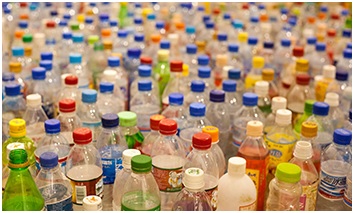
Additionally called "shrink wrap" "shrink sleeve labels". These labels are imprinted on a polymer plastic film that folds over the entire container or product and is heated to shrink the film to the product, regardless of its shape. The heat can be applied by a hand-held gun or for large batches, the product and the film may pass through a heat tunnel while moving on a conveyor belt. These are basically a perfect combination of unique container shapes with high impact graphics. This process is frequently used for unusually shaped products. Besides, these labels are resistant to weather and abrasion, which makes them durable for a broad range of products. They are usually available in an extensive variety of colors, either glossy or matte finishing. They are most commonly seen in bottled beverage market or household product containers.
| Also Read: Navigating Regulations: Best Practices for Labels and Tags in Packaging |
B) Pressure-Sensitive Labels
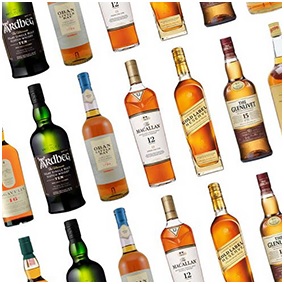
The pressure-sensitive labels are one of the adaptable and most basic kind of label which individuals likely envision when they think about a name. They are accessible in the commercial center. These work well with virtually any combination of printing method and techniques and labels any kind of bottle, tube, or jar. It's made of face stock, an adhesive (usually water-based), and a liner. They can be permanent labels that are non removable without spoiling the surface of the product/without the usage of solvents/can be different degrees of peelable. The labels can easily be applied by hand or machine. The pressure-sensitive labels are usually digitally printed, making them cheaper and easily customizable.
C)In-Mold Labels
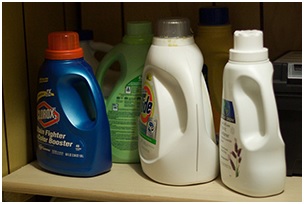
The phrase "in mold labelling" directly implies the technique where a preprinted polypropylene (PP) label is placed in a mold. The mold at that point takes the shape of the final product. For example, the shape of a butter tub. At that point, the liquid PP is added to the mold. It blends with the label, and while curing takes the shape of the mold. The paper or plastic labels are molder to the container during assembling or combined with the finished product. The process of in-mold labelling can be done with three production processes such as - blow molding, injection molding, or thermoforming, and so does not need adhesives. Instead of appearing to the surface of the container, the in-mold labels look like they are part of the container. Compared to the other labels, these are usually more durable and are mostly used on very large run applications like for liquid laundry detergent bottles. Because of its durability, they also work well for warning labels.
| Also Read: Best Practices In Packaging and Labeling for Food and Pharmaceutical Industries |
D) Die-Cut Labels
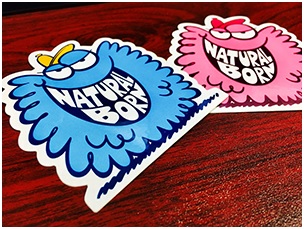
The die-cut labels typically have an exclusive shape or outline that's custom-made. The die-cutting process uses a die and a press to cut custom shapes. These labels frequently have unique shapes for branding or other visual purposes. A label die creates every individual label. The label materials sheet contains three distinct parts - the face material/stock, adhesive, and the liner. The die cuts through the adhesive and the stock, when the label material moves throughout the press. However, the die doesn't cut through the liner. The liner is the support of the backing materials. It's what you peel the individual labels off to apply them. The die-cut labels are also used for uniquely shaped packages, containers, or label panels.
E) Thermal Labels
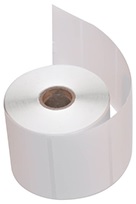
Thermal labels or direct thermal labels use synthetically treated, heat-sensitive media that darkens when it passes under the warm printhead. The printing process does not make use of any ink, toner, or ribbons, but creates the label with a heating element in the shape of words or images applied directly to the label material. A drawback in these thermal labels is they are not durable, since another heat source can cause the label to change color again, making it difficult to understand the message, or it may fade over the time. The thermal printers are noted for their simplicity. The direct thermal printed labels mostly have a critical time span of usability however are not fit to conditions that open them to significant stretches of daylight, warmth, or abrasion. In the event that the label gets overexposed to warmth, light, or different catalysts, the material will obscure and make the content or barcode indiscernible. Hence, direct thermal printing isn't used for lifetime identification applications. The thermal labels are used in shipping, pharmaceutical, price tags, food & bakery, barcode, and product labeling.
F) Thermal Transfer Labels
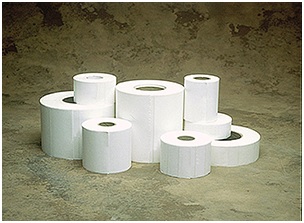
The thermal transfer labels are used for applications where a direct thermal label is not recommended, possibly because the labeled product will be stored close to a heat source. To produce a dependable and durable pictures/words on a wide collection of materials, the thermal transfer printing uses a heated ribbon. A thermal printhead applies heat, melting the ribbon's ink into the material. The thermal transfer labels last longer and are less brittle. The ribbons either use wax and resin, wax, or only resin. The thermal transfer printed labels are distinguished effectively by the crisp, often glossy, printed surface. The thermal transfer printed labels are recognized easily by the hard, often sleek, printed surface. It conveys top notch text, graphic, and standardized tag print quality for most extreme scanability and readability. The only drawback for these thermal transfer labels are they are more expensive than direct thermal labels. The thermal transfer labels might include shipping labels, receipts, name tags, picking and event tickets.







